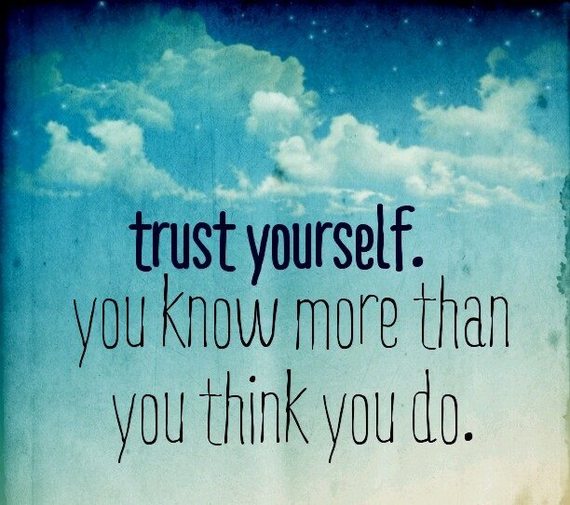Artifact 5
My last ranked archive would have to be module 8. In module 8, we were required to pick two adjectives for different racial/ ethnic groups. After we chose two adjectives, we had to compare our results with Kats and Braly, which happened in the year 1933, then Gilbert’s results in the year 1952. When comparing our results, they were very different then from one another. Doing this module, I thought it was interesting to see the stereotypes of these different groups, but I had to rank it at number 5 because even though it was interesting seeing others’ thoughts when it comes to other groups, but I kind of struggled with picking a stereotype for some of the groups. When doing this module, I was just afraid to give any group a “negative” stereotype because you can’t judge someone by a stereotype. Doing this activity, I learned about stereotypes from a different point of view. Everyone has their own opinion, and before doing this, I never really thought about other people’s thoughts on this.

https://www.bandt.com.au/dont-just-talk-talk-actively-foster-diversity-inclusion-top/
I chose this image to represent this module because it shows different racial/ethnic groups, and when you look at each person, a different stereotype will come to mind based on who that person is.
Artifact 4
My fourth-ranked artifact is module 11. In the module, we had to think about ten people that we know and decipher whether they are selfish/unselfish and happy/unhappy. This module brought to my attention that normally, when people are happy, they are unselfish. I completely agree with you that you rarely see someone whose happy and selfish; normally, happy people are eager to do things for others. I ranked this as number four because even though it was interesting to look at the closest people around me and evaluate them, I just found more interest in some of the other artifacts stated earlier. This module was a very easy assignment, but I wish there was more to it.
https://www.quora.com/Why-are-selfish-people-happier
I this image because it’s a quote that shows how normally selfish people are unhappy. It was stated that selfishness and happiness rarely are in relation to one another, so this image shows how selfishness and unhappiness are commonly in relation.
Artifact 3
My third rank artifact is module 10. In module 10, we had to talk about a situation where we have witnessed people not following the social norm and how we reacted to that. With us being in a pandemic before, I talked about how I reacted when being in a hotel and seeing people not wearing masks and not being required to wear a mask when it is suggested to prevent the spread of Covid-19. I ranked this as number 3 because I felt strongly about this when it comes to this new social norm. Doing this module, I learned about social norms and how when people feel vulnerable; they feel the need to violate and not conform to the norm, which makes sense to me now when looking at what we are going through in the world right now.
I chose this image because it represents the new social norm that we are going through in the world right now to stop the pandemic that we are in.
Artifact 2
My second-ranked artifact would have to be module 3. I really enjoyed the week during this course. I ranked this as number 2 because I always enjoy learning about things that deal with relationships. This module was about how some psychologists have found that “similarity leads to attraction,” which does not follow the normal thing that we hear, which is “opposites attract.” We were required to interview people who believed in one or the other. When doing the module, I see how we are attracted to people who are similar to us because yes, we like being around people who like doing the same things that we do, but I also see how opposites can attract like if someone is very shy, they might want to be very attracted to someone who is outgoing. When someone is the opposite of you, it can be an attraction there because we can get introduced to different things. Doing this module, I learned that attraction isn’t always opposites attract; it can be similarities attract because I never thought about attraction in this way, and after learning about it, I know my view and stance on this topic. Instead of just picking a view for this, I am neutral because I agree with both statements; it just depends on the relationship because every relationship is different.
![[Image] Whatever you chose to be, you will attract similar people around you.](https://i.imgur.com/JsJKeTQ.png)
Artifact 1
My top artifact is module 7. I chose this as my favorite artifact because it made me take a look at my behavior and my attitude by taking a survey. I really enjoyed doing this module because it felt like a self-reflection since I was doing a survey, and then I had to explain how as a person, I experience the feeling of dissonance. To do this module, we had to do a survey for attitude then a survey for behavior. After completing the surveys, we had to think about any inconsistencies we may feel and if we do operationalize the feeling of dissonance. When doing this module, I learned what the feeling of dissonance actually is; before this, I had never heard of it, nor did I know that I experience this on a weekly, if not every day, basis.

https://www.huffpost.com/entry/two-essential-keys-for-tr_b_8453166
I chose this image to represent this module because when doing this module, this quote relates to me. This quote relates to me because whenever there has to be a decision made that I may not be comfortable with, I always look for someone else to give me guidance or for their approval with my decision. This is me operationalizing the feeling of dissonance.

